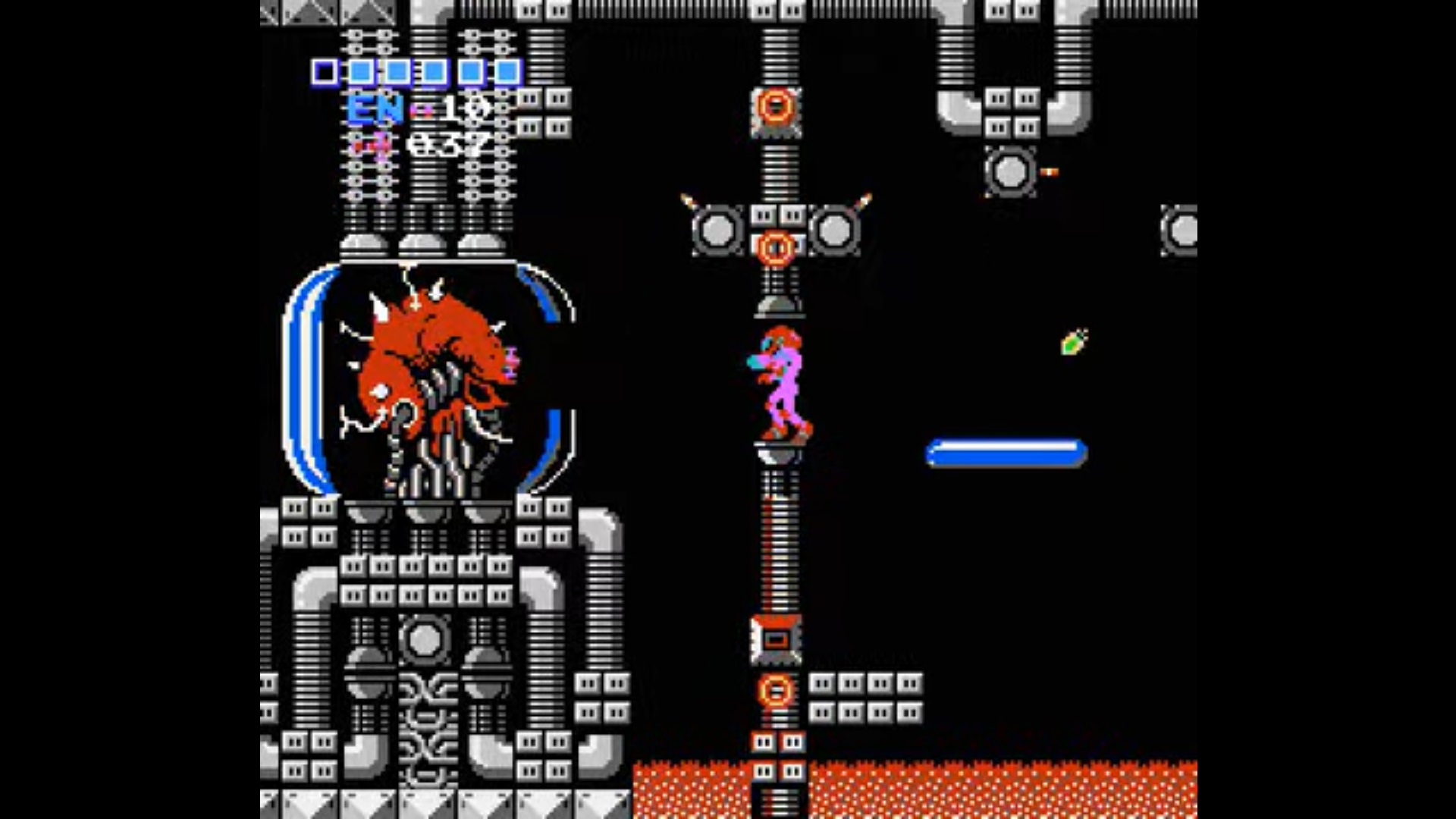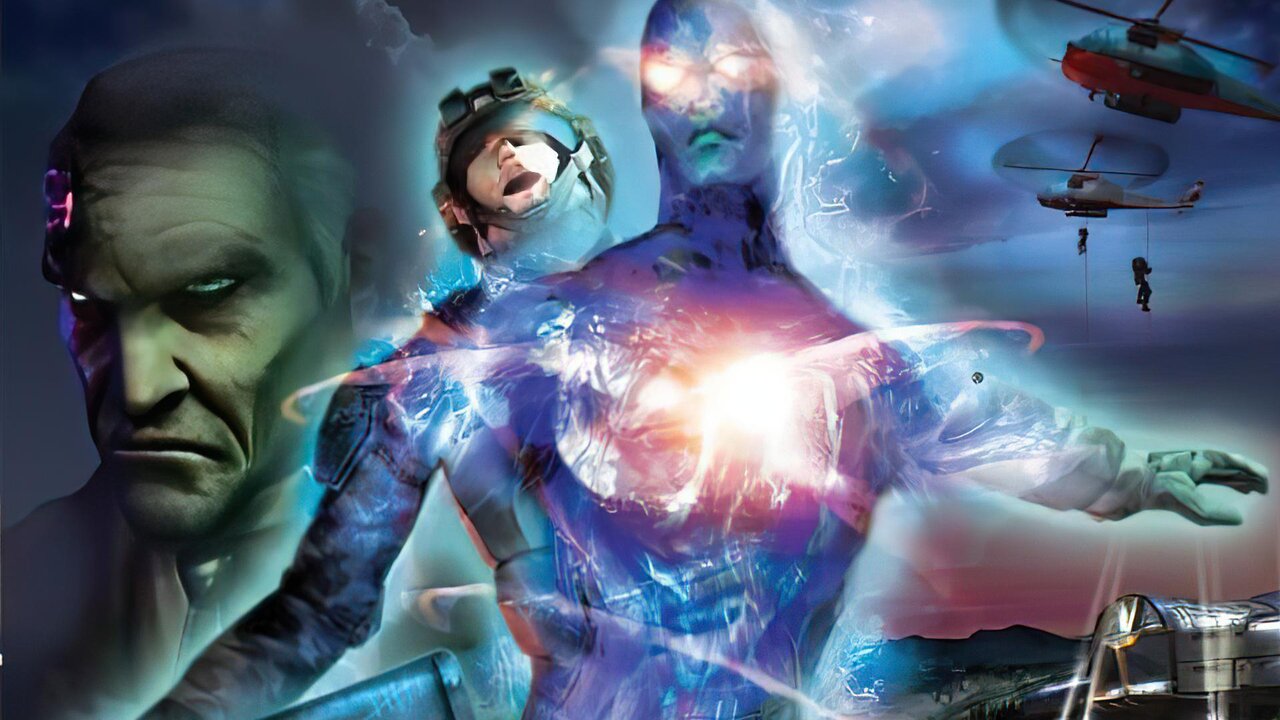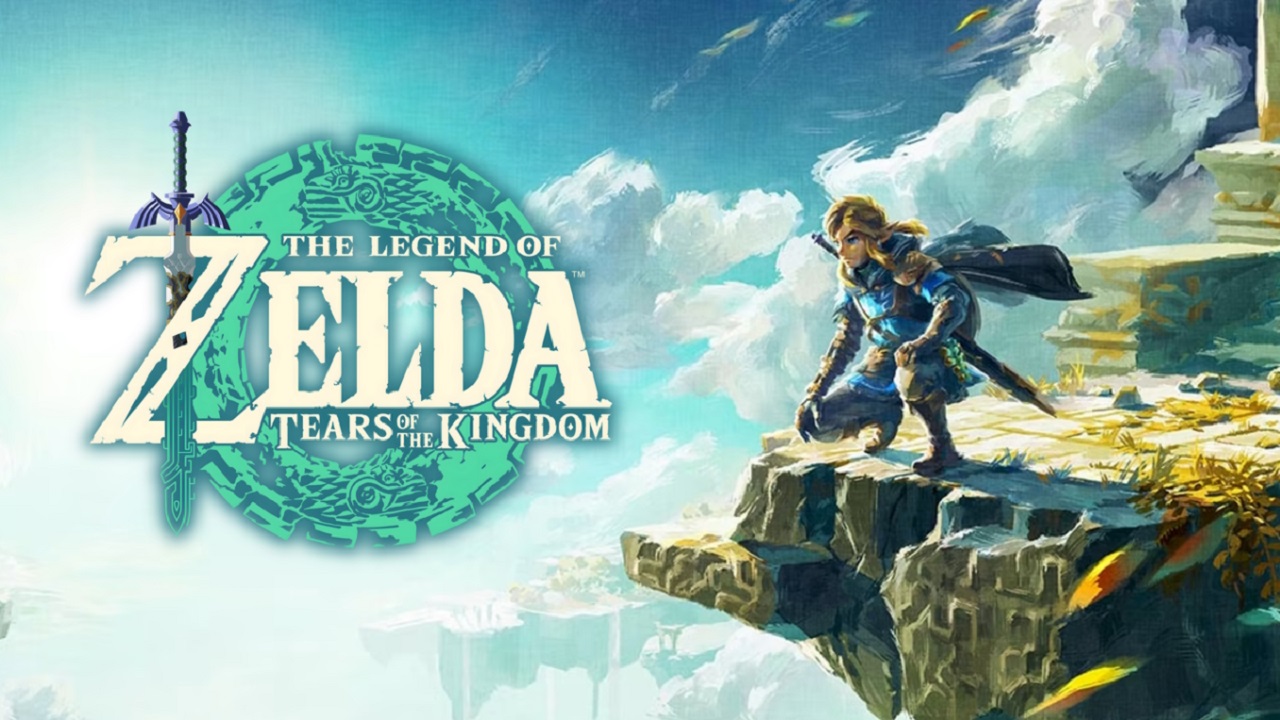
Tones of Dread – How Metroid’s Music Inspires Fear & Loneliness
Mandatory Fear looks back at the vital entries in horror gaming, exploring what made them effective at scaring us and their importance to the history of the genre.
Metroid may have been my first experience with horror games. Not that I expected that when I picked it up. Seeing screenshots of it showed a cool person in space armor shooting at weird aliens. Nothing too out-of-the-ordinary for the console at the time. Certainly nothing to be afraid of. I would find out how wrong I was when I started up the game and those low, slow tones started to play from the tv speakers, the game’s menacing opening track filling the air.
Sharp notes punctuated that eerie song. They’d steadily grow faster, shifting into a strange sadness and loneliness. Then, it would shift back to that low tone, dragging on like some hideous heartbeat. It was like something sinister was just below the planet’s surface. It was the first time I felt afraid to play a game. The first time the music stopped me cold, leaving me frightened of what I’d see when I hit start. It’s the music of this game that give it this disquieting atmosphere, giving it a mood unlike anything I’d seen at the time.
Hirokazu Tanaka’s compositions for Metroid almost all exude menace, fear, and loneliness, creating this feeling that you’re unwelcome on Zebes. It’s such a different mood than the uplifting adventure tunes of most games of the time. There’s a sense of excitement when you begin your journey in The Legend of Zelda. Ninja Gaiden starts you off with a driving track to get your heart racing. Even Castlevania has a pretty upbeat song for its first level, dabbling in fear but focusing more on the action.

Tanaka was seeking that unsettling tone as a way of shifting from those upbeat tracks and in finding the real mood of the game, as he said in an interview with Gamasutra in 2002. “…sound designers in many studios started to compete with each other by creating upbeat melodies for game music. The pop-like, lilting tunes were everywhere. The industry was delighted, but on the contrary, I wasn’t happy with the trend, because those melodies weren’t necessarily matched with the tastes and atmospheres that the games originally had. The sound design for Metroid was, therefore, intended to be the antithesis for that trend.”
“I suppose some of the players felt it was little bit too heavy. Back then, many people said the game music for Metroid was too serious. However, I believe I succeeded in emphasizing the characteristic of Metroid by synchronizing the theme of the music with the theme of the gameplay where a player must escape from an underground maze,” he continued.
Tanaka’s music was designed to capture what he thought the experience would feel like. That feeling, judging from the opening track, was definitely fear. Not that it brings out those emotions at first. The game seems built to draw you in with this music. It captures this sense of confidence you’re likely sharing with Samus as you start your mission together. When you start the game, and after that initial jingle where you warp into Brinstar, this stirring track begins to play, following you between screens as you blast alien creatures and work your way through the game’s weird, goopy doors. It’s one of the great opening songs from the NES’ early days, and it really appears to set that confident, powerful tone for you and your character that you often saw in that era. You’re going to take out Mother Brain no matter what!
It’s that upbeat style that Tanaka was referencing, and one he would shift away from to great effect.
You’ve likely forgotten all about that frightening title screen song by the time you make it to your first elevator room. Or your first item room. Here, you’ll hear this sparse, beeping track, that feels like loneliness and dread given form. Like something will burst from the walls at any moment. It’s such a bizarre, abrupt tonal shift when you feel like you’re just about to make some new, exciting discovery in Metroid. This is where most games might play some cheerful jingle or short, energetic song to give you a sign that you’re doing well (it does play a happy tune when you get the item, admittedly). The song that plays within these item rooms seems to oddly indicate that there’s something wrong with the tech you’re attaching to your suit. That something worse lies beyond that elevator.

This puzzled me years ago, and brought back those fears that had been sitting in the back of my mind since the title screen. Why was such a scary-sounding track playing when I was about to get something good? When I was about to go someplace new? What was wrong with what I was doing? It was strange to feel fear as I was progressing through the game, but that was part of the game’s unique mood at the time.
In Metroid, the deeper you go and the better the equipment you find, the more danger you’re in. Yes, your power grows with each item and as you creep towards your goal, but you’re also moving towards things that will kill you faster. You’re further below the planet’s surface, far from anyone who might save you if something goes wrong. While I never consciously thought about it while playing games, the music here makes you feel like there’s no escape from where you’re going. No good that will come in pressing forward.
That feeling grows stronger as you take the elevator down to Norfair, finding yourself surrounded by devilish statues. Or the elevator in front of that ghastly monster statue/rock carving thing to get to Kraid’s Lair. The Chozo statues felt equally bizarre and disturbing as well, again making powering-up feel oddly uncomfortable. That eerie tune follows you any time you’re making progress. It inverts your sense of growing power and success, making you feel like you’re heading to your doom instead.

Norfair begins bringing a sense of darkness, depression, and solitude to Metroid. The music here is gloomy, and you can feel it like a weight on you, mimicking the earth overhead. The music in Ridley’s Lair is filled with this unrelenting tension. This track keeps increasing that pressure (through a short loop and quick repetition) we felt in Norfair to even more suffocating levels. Kraid’s Lair isn’t quite as relentless, but there’s this hopelessness in the downcast track. It’s like some sort of resigned, despairing dance.
The crushing, broken, lonely, and depressed tracks culminate in Tourian and the journey to Mother Brain. The track here is an assault, fast and tense, that conveys your helplessness before the thing you intend to fight. It captures the raw power of the Metroids. How frightening they are to deal with as they come rushing at you like no other enemy in the game. They’re fast and monstrous, like true horror villains. I fear Metroids more than most horror villains, honestly, and this unsettling music is a big part of that.
“The music in Metroid, I feel personally, was very different to the music in other games of the time; the sense of an individualistic sound design is very strong. I received some criticism, – about the lack of melody, or how dark it sounded, but I felt I adhered to the tone of the game’s story as I composed,” Tanaka said in a message on Twitter on the game’s 30th anniversary in 2016.
That tone is one of fear and despair, capturing Samus’ growing anxieties as she explores Zebes. It created a mood like few other games of its time, and its tracks still make me hesitant to take those first steps beneath the earth in Metroid.




